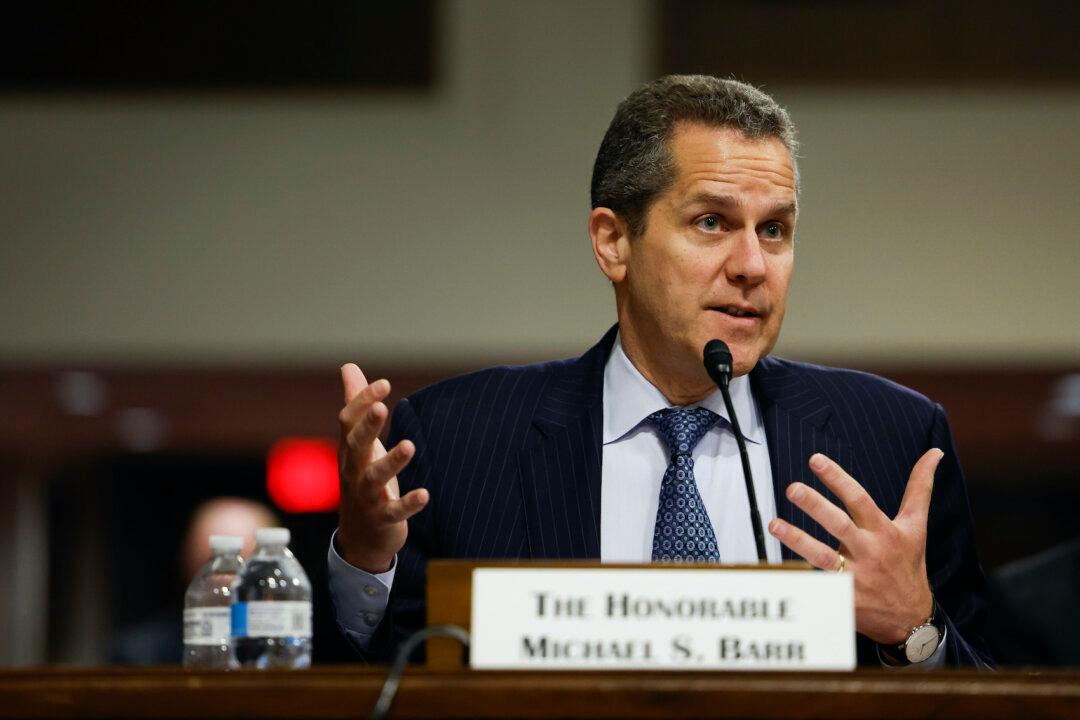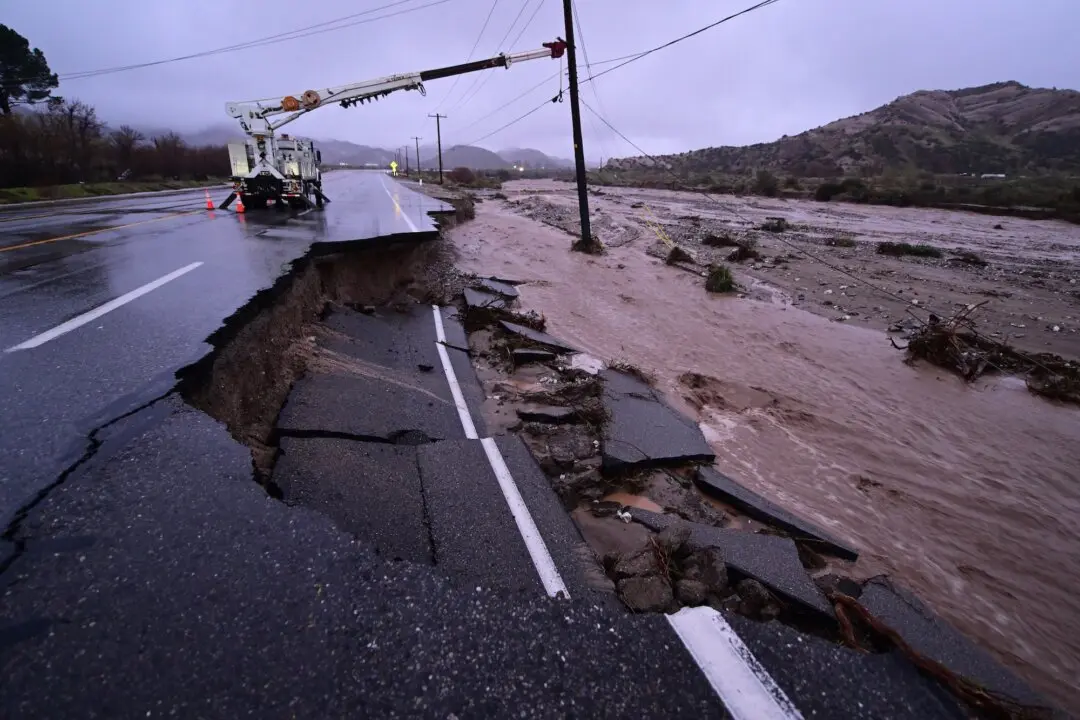Federal Reserve Vice Chair for Supervision Michael Barr proposed significant changes to liquidity regulations for large U.S. banks, aimed at bolstering their resilience against future financial shocks.
While speaking at the U.S. Treasury Market Conference on Sept. 26, Barr outlined several proposed enhancements meant to ensure banks can withstand stress scenarios similar to those witnessed during a series of abrupt bank failures in 2023, which began with the collapse of Silicon Valley Bank.





